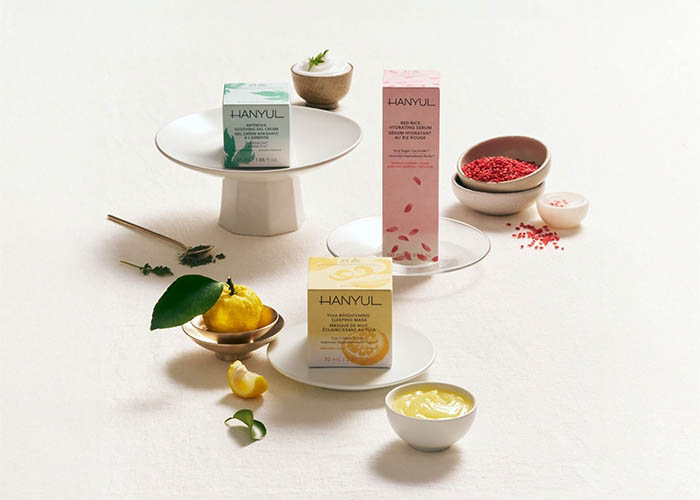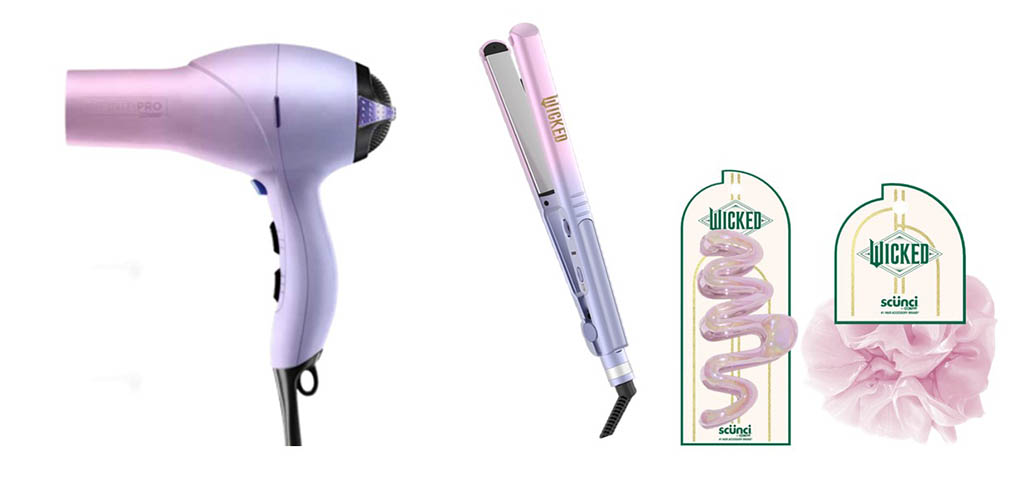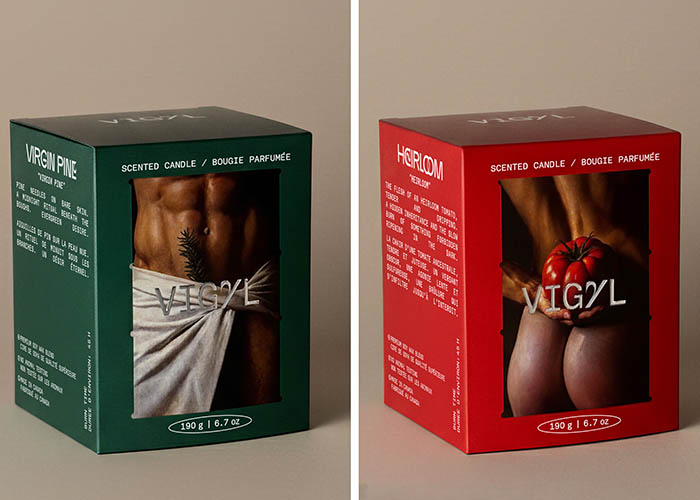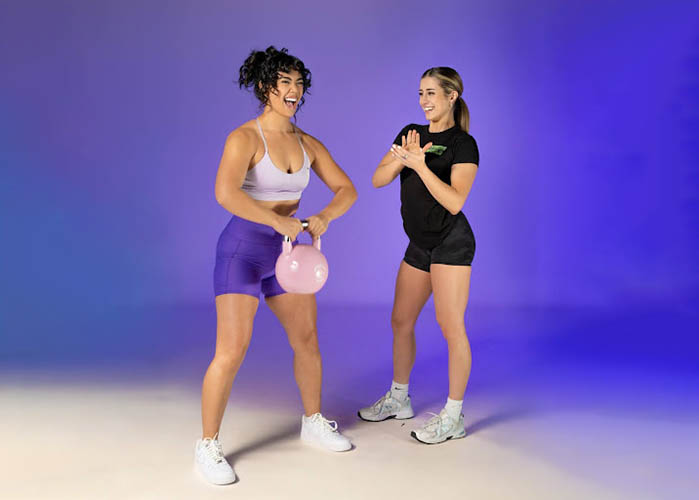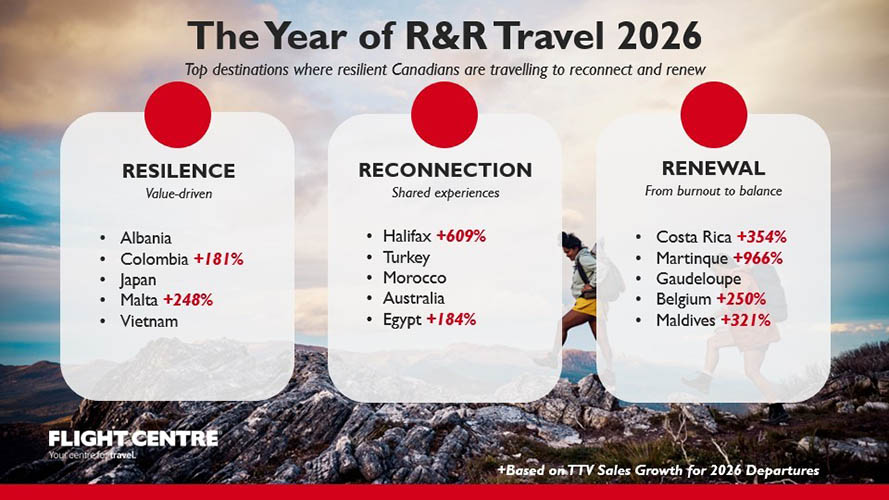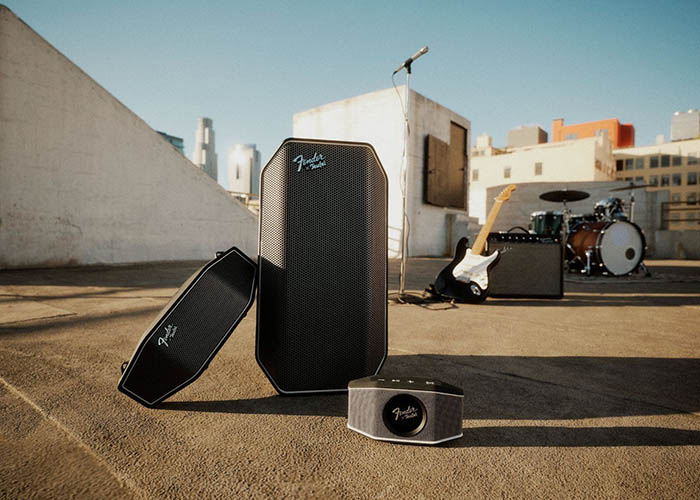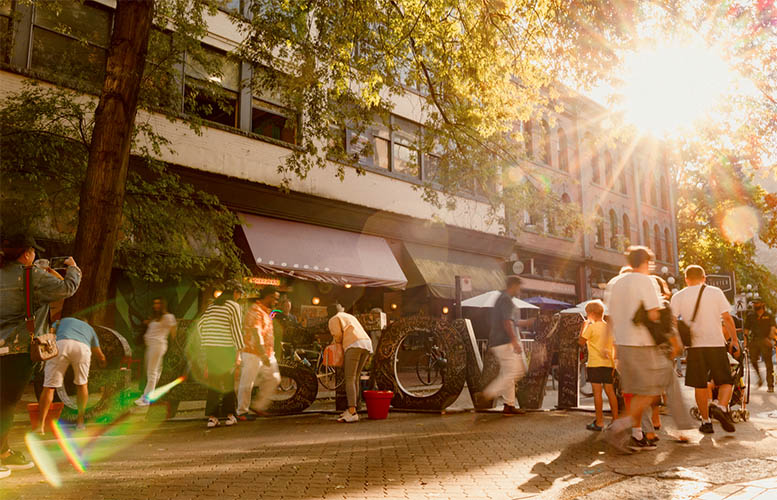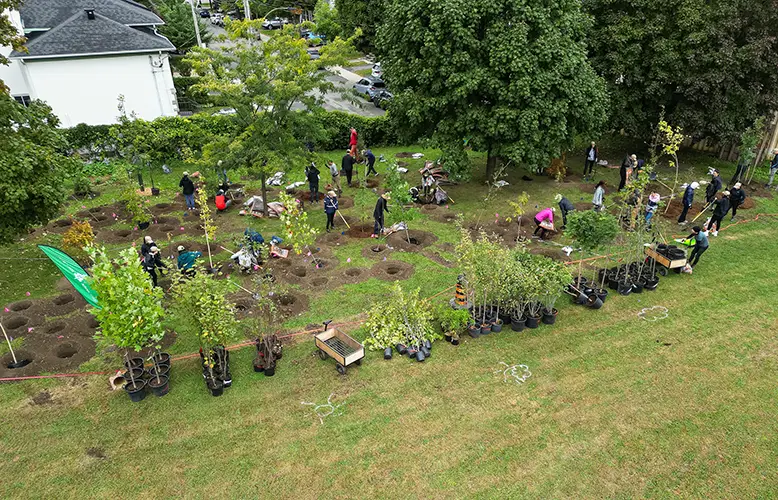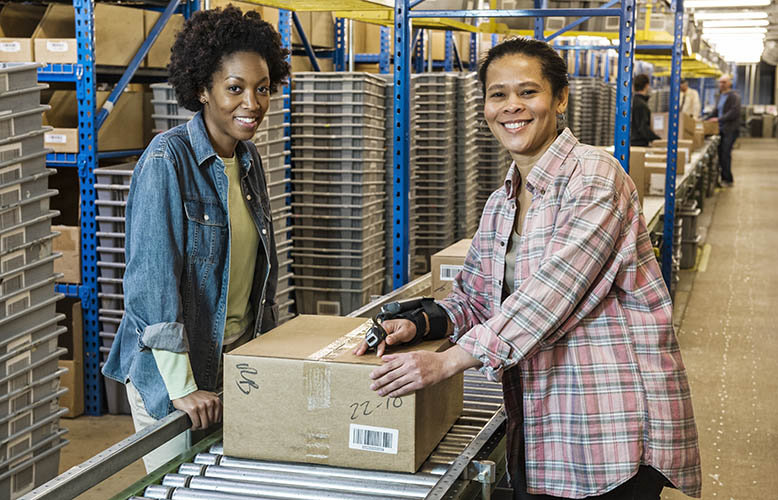A growing number of Canadian consumers are looking for green products in order to live an eco-friendly lifestyle. According to a recent survey, 74 percent of Canadians aged 18 to 34 consider sustainability a factor when purchasing food and personal hygiene products. Moreover, apart from engaging in environmentally friendly practices such as recycling and using reusable containers, those who want to make a lifelong commitment to a green lifestyle are also making better choices when it comes to their clothing and footwear. Buying from ethical and sustainable fashion brands can help you have a more eco-friendly closet, but there are other ways that you can be a part of the sustainable fashion movement. To reduce your impact on the environment, here’s a guide to building a greener wardrobe.
Check out thrift stores
Thrift store shopping is a great way to supplement your wardrobe without hurting your wallet, and it’s also a wonderful way to help the planet. With 85 percent of Canada’s discarded textiles ending up in landfills, buying from thrift stores means having less clothing in landfills and less resources being wasted. What’s more, thrifting can yield some interesting fashion finds, as it’s how you can get a treasure trove of unique pieces that can add some flair to a basic wardrobe.
You can find a one-of-a-kind party dress at a discounted price, or a whole ensemble for outdoor concerts to give you a unique look and that festival wow-factor. It’s also a one-stop-shop for unique items such as lace-up thigh high boots, studded tops and detailed jackets. In some shops, you can even unearth steals such as designer clothing that go for a fraction of their original prices. When thrifting, make sure to try on all the pieces, and inspect each item for stains, tears or other defects.
Repurpose your clothing
Perhaps your closet still contains a few pieces that you haven’t worn in years, or maybe some of your favourite shirts or jeans don’t fit you well anymore. Instead of buying replacements, repurpose your clothing, and see if you can make it wearable. Using a thread and needle or a sewing machine, an oversized polo shirt can be transformed into a fitted tee with three-quarter sleeves. Meanwhile, an outdated maxi dress can be turned into a cute sundress or skirt, while a couple of soft, old logo t-shirts can be transformed into a cute and comfy quilt. There are a lot of repurposing and “refashioning” videos that you can watch on YouTube, so go online and see if you can get any ideas to breathe some new life into your old clothes.
Think before you buy
Building a sustainable wardrobe takes some thought and smart shopping habits. Instead of impulsively buying a new item just because it looks great on you, think about whether you really need it in your life, as well as how many times you can possibly wear it. Doing so will ensure that you’re buying only what you need and will guarantee you a lot more closet space. That sequined jacket might be on sale, but if you don’t have anywhere to wear it to, then it may be better to just leave it in the store. Remember to keep your lifestyle, routine and needs in mind so that you can buy with intention every time you shop.
Support sustainable local brands
If you’re shopping for a new item, try buying from an eco-friendly or ethical brands as much as possible. Canadian brands such as The Good Tee use Fair Trade organic cotton to make their shirts, while Thief & Bandit makes clothes from eco-friendly fabrics. There’s also Hoibo, a brand that has been around since 2007, which produces clothing and accessories made from natural plant fibers. Check out these brands, and find dresses and separates that fit your style.
Creating a greener wardrobe not only helps you upgrade your style, but it also enables you to do your part to save the environment. Try these tips to have an eco-friendly closet and be a part of the growing sustainable fashion movement around the world.







